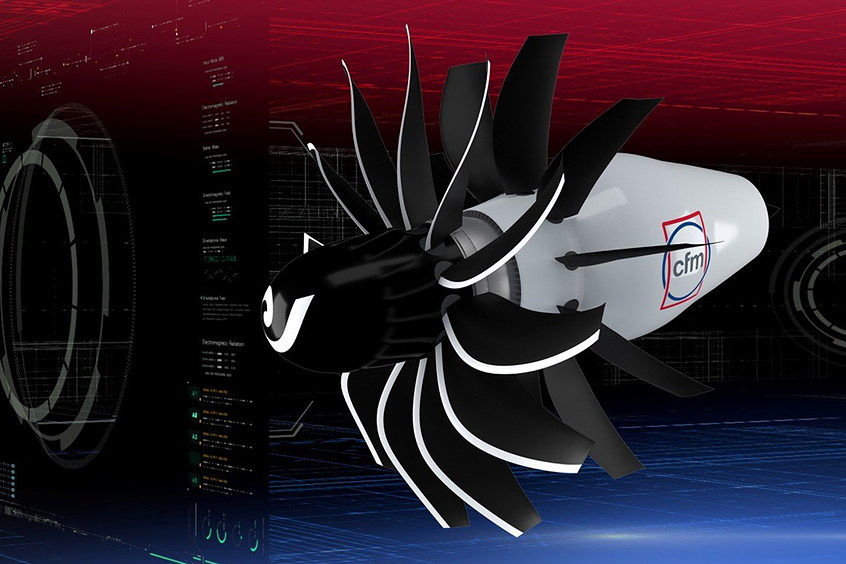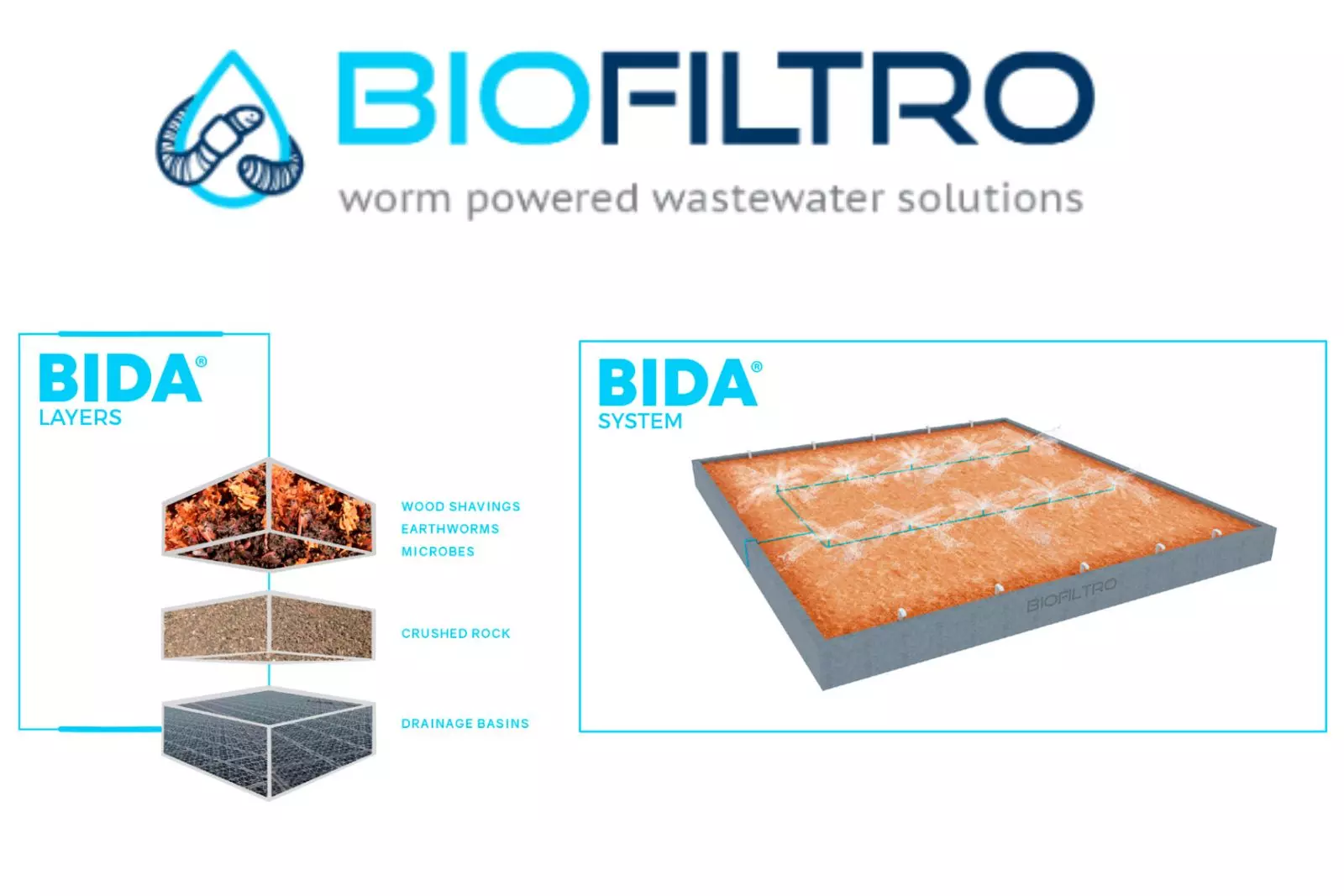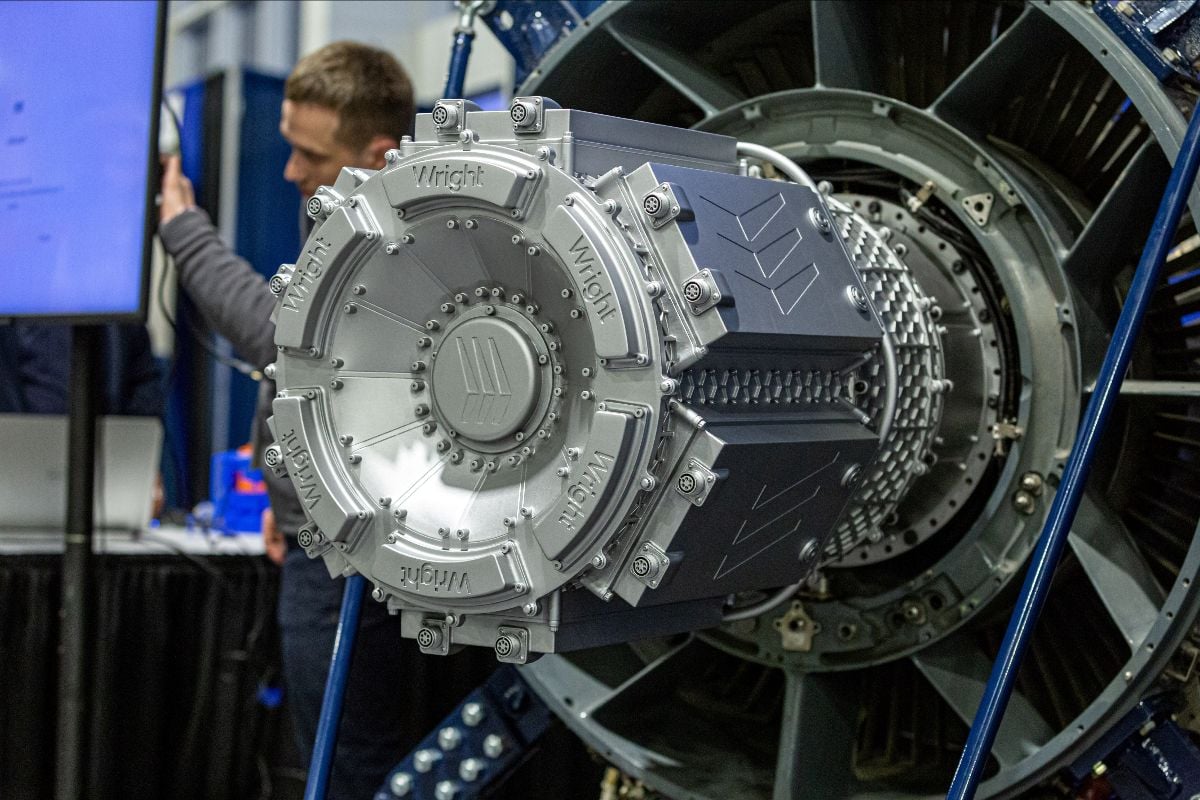
That is, if it can navigate the ongoing stresses on the global economy, including inflation, supply chain constraints, soft pricing models, and difficulty recruiting the talented workforce it needs to capitalize on opportunities and fulfill the order book it already has. Daher’s position demonstrates well the state of the global aerospace market.
“We are in a paradox situation—some are happy; some are not happy,” said Patrick Daher, board chair for the Daher group, in kicking off the company’s performance review for 2023 in Paris on February 7. “We are feeling the impact of the international situation, and then we are still recovering from COVID, but the COVID crisis is over for us…But some international threats—for example the war in Ukraine and the Middle East, the future elections, the situation in China—all these events have created a political instability that is really worrying for the future.”
Yet industry events such as the 2023 Paris Air Show indicate where the future lies—with caution as to the expense of making change. “As chairman [of] the Salon de Bourget in 2023 and chairman of Daher…I have the chance to see that energy transition is coming with a really high price,” said Daher. “Speaking about industry, we have really good news in terms of an increase in production.”
In 2023, Daher recorded strong deliveries of both its TBM and Kodiak series turboprops, with a total of 56 TBMs and 18 Kodiaks, for a total of 76 units. In addition, it counts more than 100 turboprops in its order book, taking it well into 2025.
[…]
The Daher group considers government support crucial—specifically CORAC, the French council for civil aviation research—and 300 million euros per year have been earmarked by CORAC to help fund the energy transition. “Aviation industry, all research efforts, have converged, because in the past each company focused on a specific research field, but right now there is a really clear target: low-carbon, low-emission aircraft,” Daher said.
Eco-Pulse Update
For the French OEM, the convergence flies today via its hybrid-electric Eco-Pulse technology demonstrator, which uses a TBM airframe, electric motors and powertrain components form Saran, and electric power storage by Airbus in a distributed lift model (simply put) to test various components and how they interact in actual flight operations. The Eco-Pulse retains a Pratt & Whitney PT6A turboprop engine, but in December made its first flight segments completely powered by the six electric motors.
“It is a major step towards decarbonization,” said Daher. “Because high voltage electricity can be a good solution…we are continuing with some hybrid tests. This is the first step…People thought I was crazy [last year] when I spoke about this target [to have a marketable product by 2027], but we are headed in that direction.” It will be a TBM or Kodiak because those are the models Daher has in its portfolio, but the company has yet to determine which will be chosen and exactly what that will look like.
FLYING asked if the OEM could share any feedback—including any performance data, if possible—from those first flights. Christophe Robin, vice president of engineering for Daher’s aircraft division, provided this insight: “EcoPulse is a technology demonstrator, therefore, aircraft performance is not the goal. The EcoPulse configuration has been chosen with the strategy of increasing the level of complexity in hybridization to develop a ‘maturity picture’ for all of the technologies involved—including examining side effects such as weight penalties, as well as issues induced by HIRF (high-intensity radiated field) and lightning.”
This is complementary to other developments underway at Daher—including projects in cooperation with partners such as CORAC (the French Council for Civil Aeronautical Research).
Pascal Laguerre, chief technology officer for Daher, provided significant insight beyond the Eco-Pulse demonstrator. “Taking a wider view for activities outside the framework of EcoPulse, Daher devotes a significant part of its overall R&D budget to thermoplastics,” said Laguerre. “This material is particularly promising in the world of aerostructures for future applications on production aircraft. It lends itself more easily to the automation of production (issue of throughput), and it is recyclable, repairable and weldable. Its mechanical properties make it possible to use less material and, overall, make structures lighter—all of which are key qualities with a view toward reducing carbon emissions. This is focused on accelerating the development of real applications in the future for the benefit of its customers, including [several more widely focused] projects.”
For example, as part of CORAC, Daher leads the largest French research project on thermoplastics in current execution, called TRAMPOLINE 2 (TheRmoplAstic coMPosites for hOrizontaL tail plaNE), as well as utilizing induction welding instead of riveting—with a weight savings of 15 percent. Also, the investment has already borne fruit in components that will be found on the company’s current TBM product lines.
“After more than three years of R&D work, Daher succeeded in manufacturing rudder pedals in recycled high-performance thermoplastic composites from production scraps to equip the TBM, which have been certified for flight on production TBMs,” said Laguerre. “In addition to being lightweight, thermoplastics have low thermal conduction, as well as equal or better physicochemical and mechanical properties: It’s a win-win for Daher customers. And beyond the environmental benefits, the cost of these parts is significantly reduced compared to metal machining.
“In addition, Daher has obtained the first results of an R&D project called CARAC TP, carried out in collaboration with a set of academic laboratories competent in composite materials. The objective [is] to identify and characterize the thermoplastic composites best suited to aeronautical applications and compare them to thermoset materials. The project makes it possible to study materials in depth through multiple tests that go beyond the scope of qualification programs carried out in the industry: impact resistance, fire resistance, environmental aging (ozone, UV, fluids), impact of manufacturing processes on physicochemical properties, material performance, etc.”
Daher looks also outside its walls to new small businesses to help drive this innovation charge. Encouragingly, more than 300 aerospace-relevant startups took part in the Paris Air Show.
“We had 25 of these startups at the Daher stand at Le Bourget,” said Daher, noting that the company looks forward to engaging with these innovators, perhaps through acquisition or collaboration, on various projects.












